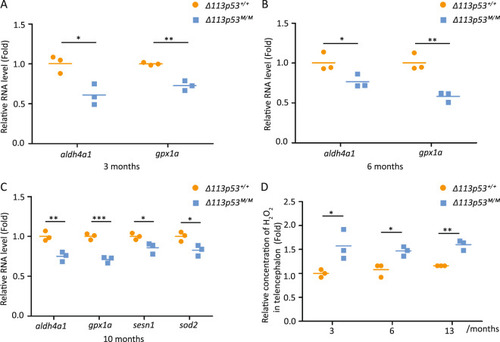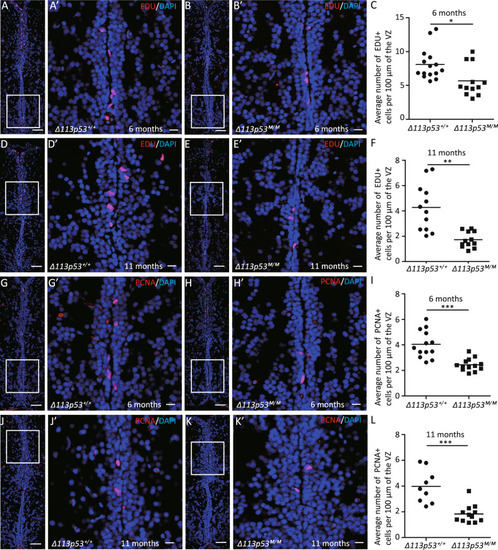- Title
-
Loss-of-function of p53 isoform Δ113p53 accelerates brain aging in zebrafish
- Authors
- Zhao, T., Ye, S., Tang, Z., Guo, L., Ma, Z., Zhang, Y., Yang, C., Peng, J., Chen, J.
- Source
- Full text @ Cell Death Dis.
|
|
|
|
|
|
|
|
|
|
|
|
|
PHENOTYPE:
|







